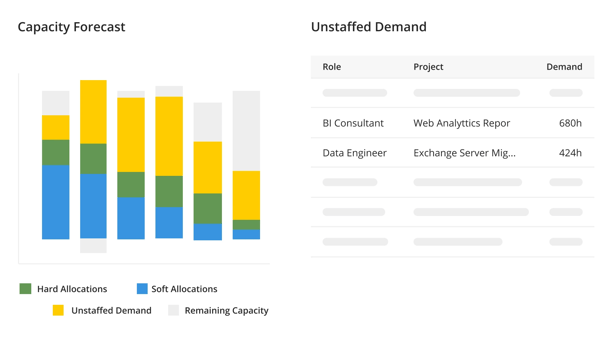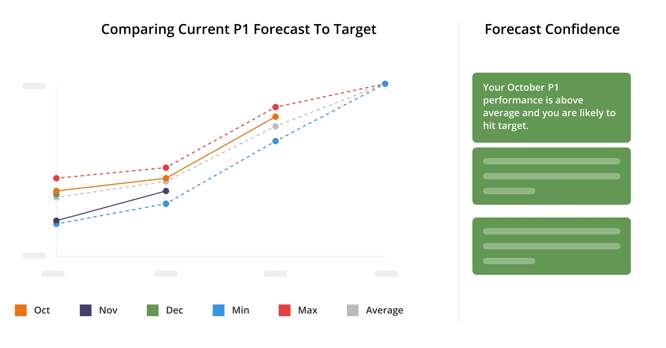Discover effective strategies to manage rapid growth in technology companies and ensure long-term...
Use a PSA to increase your firm’s value

Following on an earlier discussion of owner-dependent firms, this week we examine a quickly evolving category of SaaS that’s tailored to mid-market consultancies: the Professional Services Automation (PSA) system.
While every consultancy offers a unique value proposition, they all run in a similar fashion. At their core, they have a simple domain model: there are consultants, clients, projects, sales people, and operations/finance people.
Most smaller firms track this information in an ad-hoc way, evolving from the owner keeping this information in their head, to a cacophony of spreadsheets and documents that become time-intensive and difficult to manage.
As your practice grows, you need a way to track the relationships between all those things in a consistent, easy-to-use manner. That’s the problem a PSA is designed to solve. A PSA takes acquisition and management of that information and standardizes it.

As a practice grows to the point where there are multiple layers of management, PSAs streamline the process, providing leaders with up-to-date information that’s critical to making effective decisions about staffing, revenue, cash flow, and profitability. Having access to this information streamlines the decision-making process and improves company performance.
There are two main challenges for using a PSA: getting your existing data into it, and getting your employees to use it.
Getting data into your PSA is just effort, and the PSA firm with help you do it (for a healthy fee).
Getting your employees to use your PSA tends to be the hard part. As you well know, any change in process will produce resistance to the change, and PSA adoption is no exception. People will have to adjust to new ways of entering data (along with capturing data you didn’t used to), and most of us don’t like administrative changes.
Another challenge: PSAs give leaders access to data that they didn’t have before (see images above), and those leaders need to know how to use that effectively without overburdening employees with micromanagement. At the same time, PSAs can shine a bright light on parts of your business where employees were legitimately squandering resources, and that can create some new challenges for leaders.
Understanding how to use the data your leaders can now access to lead teams effectively toward the firms goals can expose leadership challenges a firm hasn’t had to deal with before.
In one case, a client adopted a PSA and uncovered an issue where their sales leaders were fudging their forecasts such that the firm was consistently over-staffed. Armed with new data, the firm’s owners chose to put new processes in place, and sales leaders felt they undermined their ability to sell. Leaders had to re-negotiate the process of forecasting and staffing, and manage the hard feelings sales leaders had about the new process.
These kinds of challenges usually aren’t discussed in the sales process for PSAs (you can see why), and leaders would be wise to allocate some bandwidth for new issues. It’s not the PSA’s fault that these issues crop up, they’re the kinds of management challenges that happen as every organization matures.
PSAs are very valuable tools for managing firms as they grow. They’re inexpensive and effective, so long as leaders can manage the exigent challenges the PSA tools may uncover.
If you’re interested in learning more about PSAs and the challenges and benefits they can give, contact me today! I help leaders of practices like yours grow, run more efficiently, and become more valuable. Let’s work together to grow your practice!



